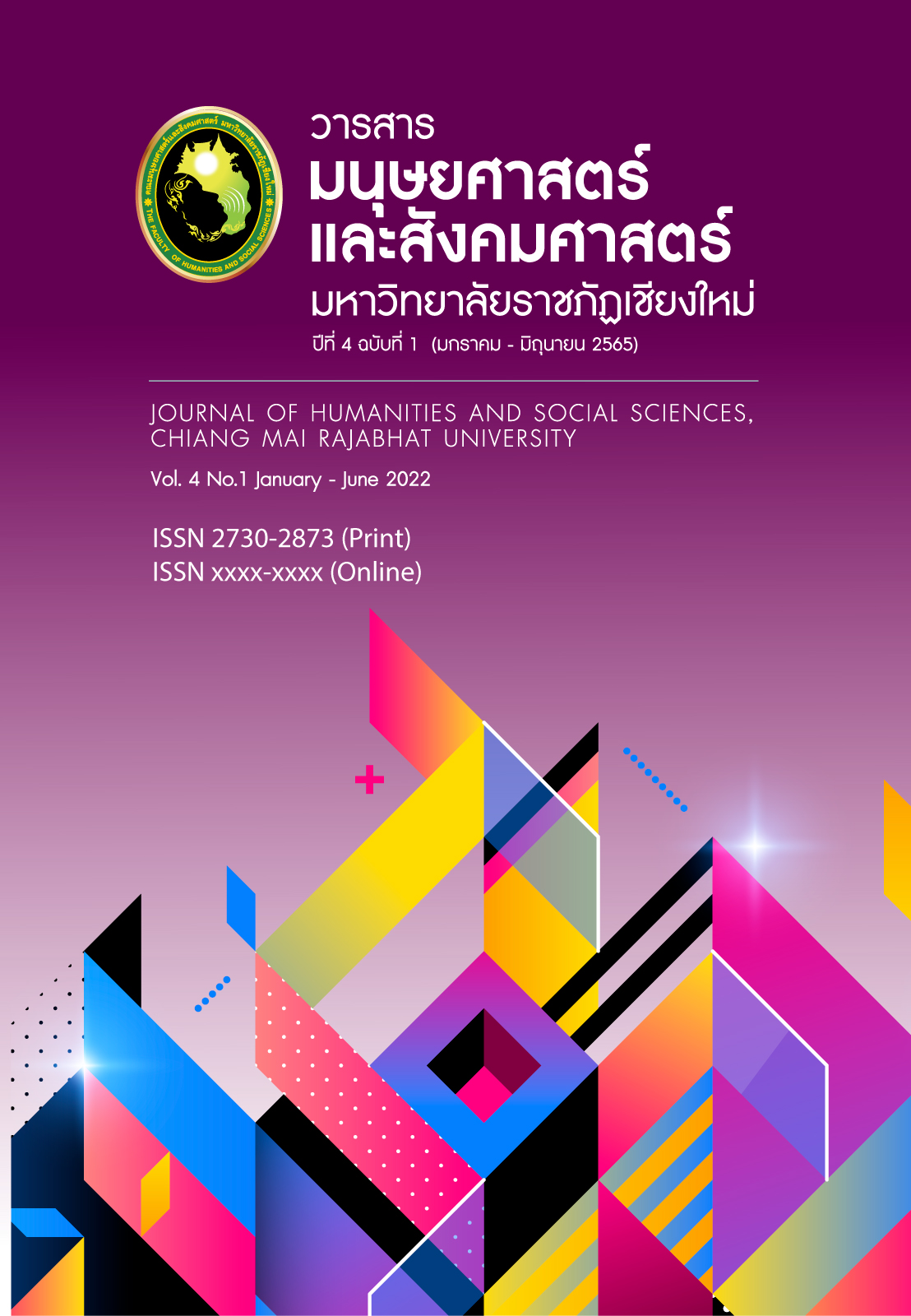การพัฒนารายวิชาภาษาอังกฤษสำหรับผู้เรียนสมาธิสั้นระดับประถมศึกษาโดยใช้ เทคโนโลยีสิ่งอำนวยความสะดวก (Assistive technology) เป็นสื่อเพื่อส่งเสริมความสามารถทางด้านการอ่าน ความคิดสร้างสรรค์ และการรับรู้ความสามารถของตนเองของผู้เรียน
Main Article Content
บทคัดย่อ
This study aimed to develop an English course for students with ADHD with the help of assistive technologies in Chiang Mai Rajabhat University Demonstration School. The course was designed based on a needs analysis and relying on other relevant and pertinent literatures. The objectives of the study were to identify the components of an English course, and to evaluate its effectiveness in enhancing learners’ English reading comprehension, creativity and self-efficacy. The two main phases in this study were the course development itself and the assessment of the course’s effectiveness. For the development phase, a needs analysis was conducted, and relevant literatures were reviewed, analyzed and synthesized. The instruments for the needs analysis consisted of a documentary study along with semi-structured interviews with students with ADHD at Chiang Mai Rajabhat University Demonstration School. These interviews were also extended to the students’ parents and their teachers. The main study was then conducted with 5 ADHD students in fourth and fifth grades, who studied at Chiang Mai Rajabhat University Demonstration School. Both quantitative and qualitative data were collected for the course evaluation. Instruments for the quantitative analysis were an English reading comprehension test, a visualized composition task along with a student self-efficacy questionnaire. Furthermore, the instruments for the qualitative analysis consisted of a teacher’s fieldnote. The quantitative data were then analyzed for means of descriptive statistics and paired-sample t-test using SPSS, while the qualitative data were analyzed through content analysis using the HyperRESEARCH computer program. The results of the study revealed that the course contents, consisting of interactive storytelling through audio-visual applications and a task-based language learning tool with fun drawing applications, proved to be effective in enhancing the English skills of this group of students. It is noteworthy that some key features of behavioral interventions and physical learning environment were also applied in the process of this research. The results indicated that learners’ English reading comprehension significantly improved, and that the learners’ scored higher in creativity with their visualized composition tasks. Moreover, the learners’ self-efficacy appeared to have improved when compared with the average. The outcomes of this study suggest that this course was indeed effective in terms of serving the needs of the students with ADHD at Chiang Mai Rajabhat University Demonstration School. The guidelines and recommendations in this research may prove to be effective and ought to be considered to assist ADHD students, their parents and respective teachers in similar context.
Downloads
Article Details
* กองบรรณาธิการทรงไว้ซึ่งสิทธิในการพิจารณาและตัดสินการลงตีพิมพ์ในวารสาร
** ทัศนะและข้อคิดเห็นที่ปรากฎในบทความต่าง ๆ ของวารสารเป็นของผู้เขียน มิใช่ความคิดเห็นของกองบรรณาธิการ
และมิใช่ความรับผิดชอบของคณะมนุษยศาสตร์และสังคมศาสตร์ มหาวิทยาลัยวิทยาลัยราชภัฏเชียงใหม่


